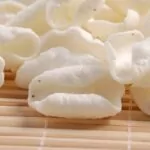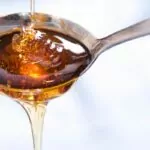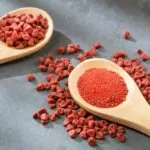When it comes to the flavor of black licorice there are two camps: those who love it and those who hate it. There doesn’t seem to be an in between.
People often say that to enjoy black licorice you must have an acquired taste. This is because it has a unique flavor that not everyone likes to eat.
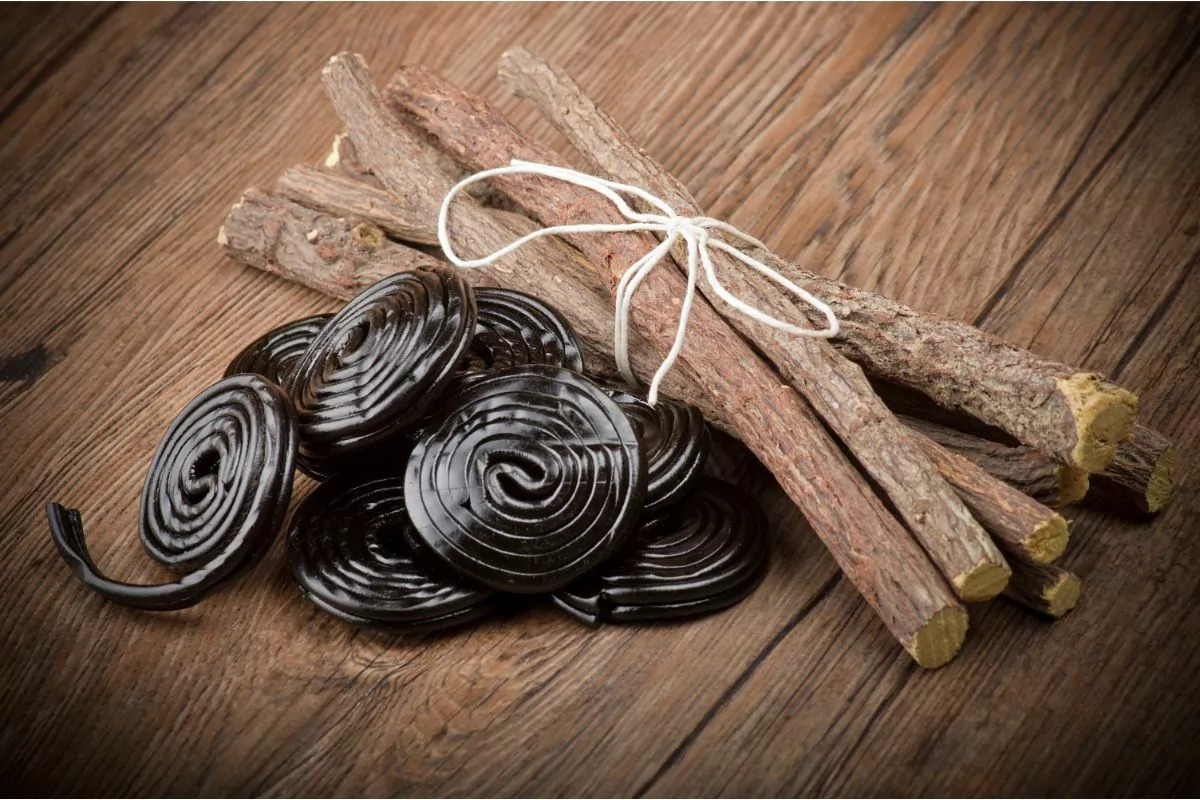
Those who hate it really dislike it. So much so that they cannot stand it.
Black licorice itself isn’t rare at all, and is an easy ingredient to work with across the USA and the UK. However, there are many variations. For example, you may find salty black licorice in Europe.
If you have never tasted black licorice before, then you may be wondering what it tastes like. It is difficult to understand its flavor if you have never tried it, but we shall do our best.
If you are still intrigued about the flavor of black licorice, then look no further. We have all you need to know right here.
So, read on to find out more about what black licorice tastes like, and whether it tastes good.
What Actually Is Black Licorice?
Black licorice is made using the extract of the Glycyrrhiza glabra root, which is a plant that flowers and is a part of the Fabaceae family.
The licorice itself is black in color and has a tar-like consistency. Usually it has a rope-like shape or it has been put into a candy mold.
To make black licorice it is often whipped up using the extract, along with a binding agent and sugar. This gives the licorice some sweetness, as well as chewiness.
The binding agents present in licorice can be flour, starch or gelatin. To make the licorice sweet, ingredients such as condensed milk, corn syrup, and molasses are used.
You may also see that licorice is used as a flavoring agent in other products. For example, jelly beans use licorice to flavor some of its candy.
And then there are the brands who use licorice as a main component. For example, Liquorice Allsorts in the UK, and Twizzlers in America.
What Are The Flavors Of Black Licorice?
While black licorice is considered to be a candy, you will notice that it is not the same as other candy. It doesn’t have that artificial sweetener taste that you may recognize when it comes to candy.
However, it does have a sweetness to it that is often combined with woody, bitter and sour flavors.
It has these flavor notes due to being a natural extract from the glycyrrhizin that is present in the plant it comes from.
However, while it doesn’t have an overly artificial sweet taste, it has been compared with tasting like saccharin, which is an artificial sweetener.
Even though this may be true for some people, the two main comparisons when it comes to its flavor are fennel and anise.
Anise and fennel are from the exact same family of plants as each other, which also includes the likes of parsley and celery. However, they do not share the same plant family as licorice.
Despite this, they do have a very similar flavor profile. However, this is more to do with additives being added along the production line.
The likes of aniseed oil is added to the licorice to create a stronger flavor. We have come to know licorice as tasting this way due to other flavorings being added.
In northern Europe, you may find that the licorice is salty and sweet. This is due to ammonium chloride being present in the licorice.
Otherwise known as an E number, it is added to food for many reasons.
Are There Any Health Benefits To Eating Black Licorice?
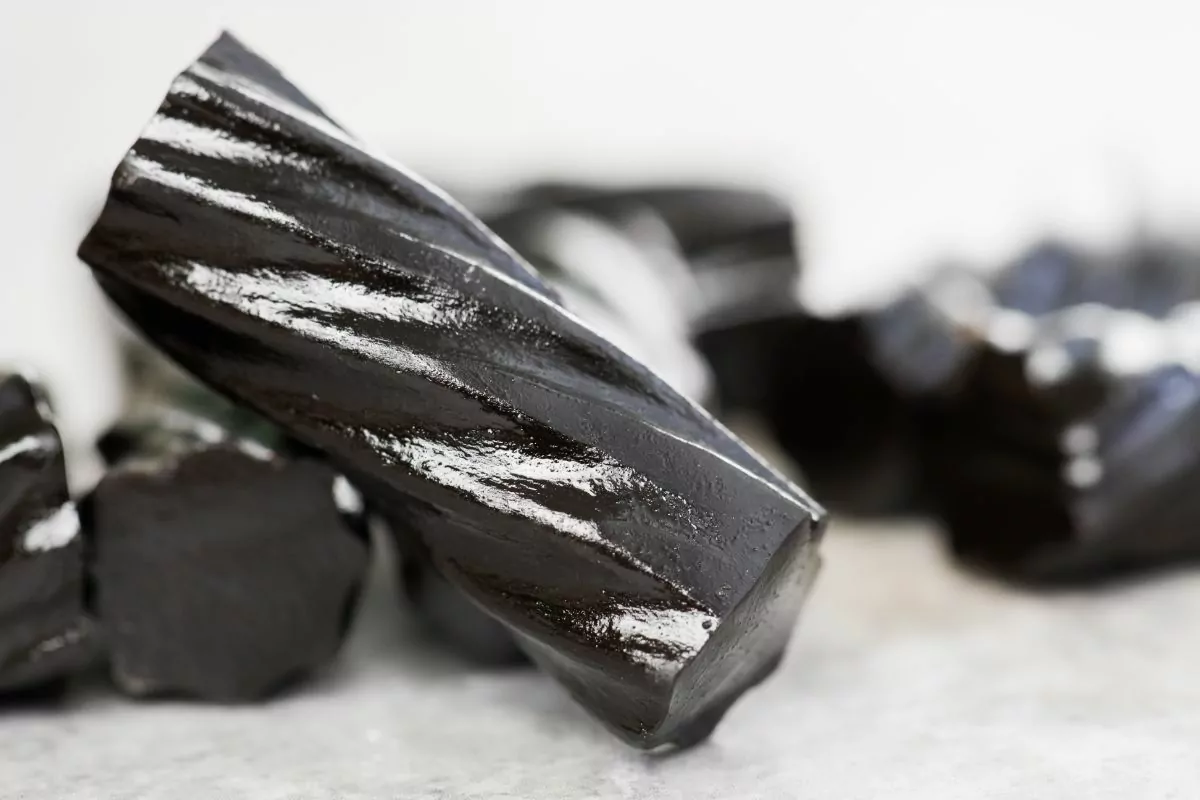
Black licorice has a few health benefits. For example, it can aid your digestive system, as well as ease any symptoms that are associated with indigestion.
It has also been linked to reducing the bacteria that can cause ulcers in the stomach. For both these reasons, black licorice is also known as a natural laxative as it can help you go to the toilet.
However, while there are some benefits to eating black licorice, you will want to keep it to a minimum.
It has been stated that eating more than two ounces of black licorice a day can cause health problems that may turn out to be serious.
It may also increase a person’s blood pressure which may bring on a heart attack, as well as decrease potassium levels within the body.
Even so, eating small amounts of black licorice on occasion should cause you no harm. This means it can be enjoyed every once in a while.
Why Do People Dislike Eating Black Licorice?
People either love or hate the flavor of black licorice. It is something that has been going on for hundreds of years, and it looks like it is here to stay.
It seems that people are either a lover of the glycyrrhizin flavor, or absolutely dislike it. Some people find it too strong and distinctive, while others love this about black licorice.
In fact, when people refer to not liking black licorice, it is almost always in reference to this powerful flavor.
Also, disliking the taste of black licorice may have come about due to an experience growing up. For example, a child might have had a medicine that tasted like black licorice.
If they hated the taste, then they may have an inbuilt memory that reminds them of this time, so they immediately have a distaste for black licorice.
What Can You Serve Black Licorice With?
Black licorice has a bold and distinct flavor. For this reason, it often becomes the central flavor within a dish or dessert. However, even though it is a big flavor, it can pair up very nicely with other strong flavors.
For example, it goes wonderfully alongside raspberries, ginger, rhubarb and mint.
If you would prefer it to go alongside neutral flavors, then pair the black licorice with a panna cotta or some vanilla ice cream.
Final Thoughts
Black licorice is known for having a very distinctive taste and smell that is either loved or hated by people.
While the black tar-like candy can put people off straight away, it is the flavor that most people make the deciding factor of whether they love it or hate it.
The flavor of black licorice is very similar to anise or fennel. However, surprisingly the licorice root is not from the same plant family.
While licorice does contain an extract from the Glycyrrhiza glabra root which is naturally sweet, it is often flavored with additives.
These additives are mainly flavors such as anise and fennel. So, this is why they are heavily linked with each other when it comes to flavor.
Licorice can become an addictive candy, but it is best to not eat too many of them.
Overall there are health benefits to eating black licorice, especially when it comes to the digestive system, however you will want to make sure you do not have it every day.
Doing so is linked to potentially serious health problems – though eating it occasionally is fine!
What Is The Flavor Of Black Licorice? Does It Taste Really Good?
Course: Taste Like4
servings30
minutes40
minutes300
kcalIngredients
Black Licorice
Ingredients from your favorite recipe
Directions
- Black licorice has a bold and distinct flavor. For this reason, it often becomes the central flavor within a dish or dessert. However, even though it is a big flavor, it can pair up very nicely with other strong flavors.
- For example, it goes wonderfully alongside raspberries, ginger, rhubarb and mint.
- If you would prefer it to go alongside neutral flavors, then pair the black licorice with a panna cotta or some vanilla ice cream.
Recipe Video
https://www.youtube.com/watch?v=nWQgyMIlneEVideo can’t be loaded because JavaScript is disabled: What's The Worst Black Licorice Candy? (https://www.youtube.com/watch?v=nWQgyMIlneE)- What Exactly Do Chickpeas Taste Like? Is There A Distinct Flavor? - September 30, 2023
- Top 11 Low Carb Options at Sonic Drive-In for Keto Diet - September 30, 2023
- What Should You Serve Alongside Potato Salad? 8 Incredible Side Dishes - September 30, 2023



